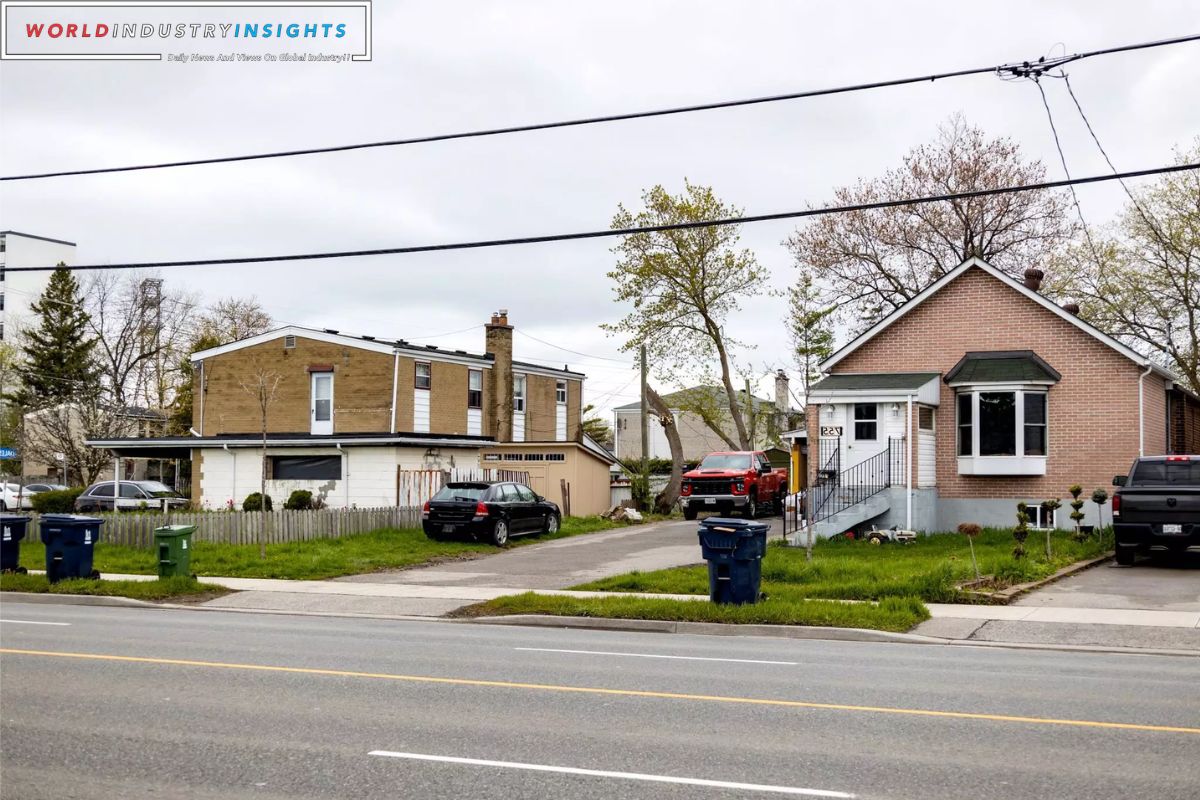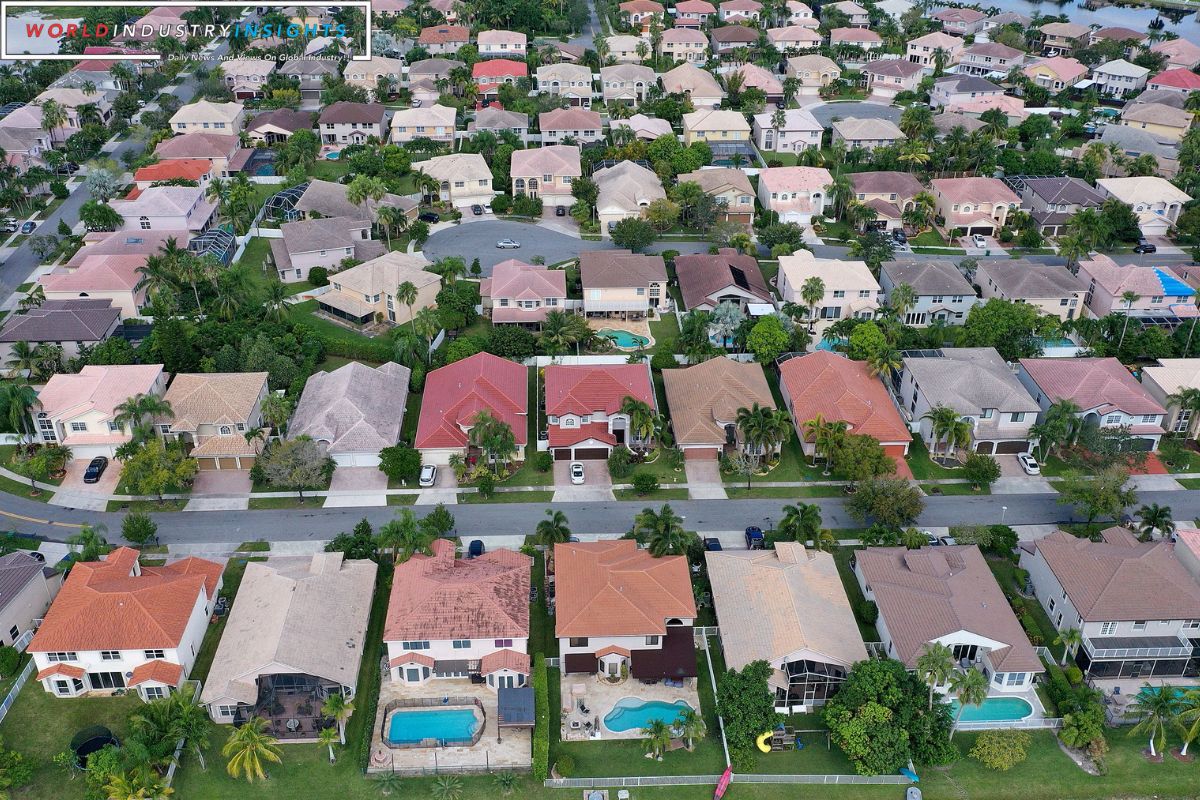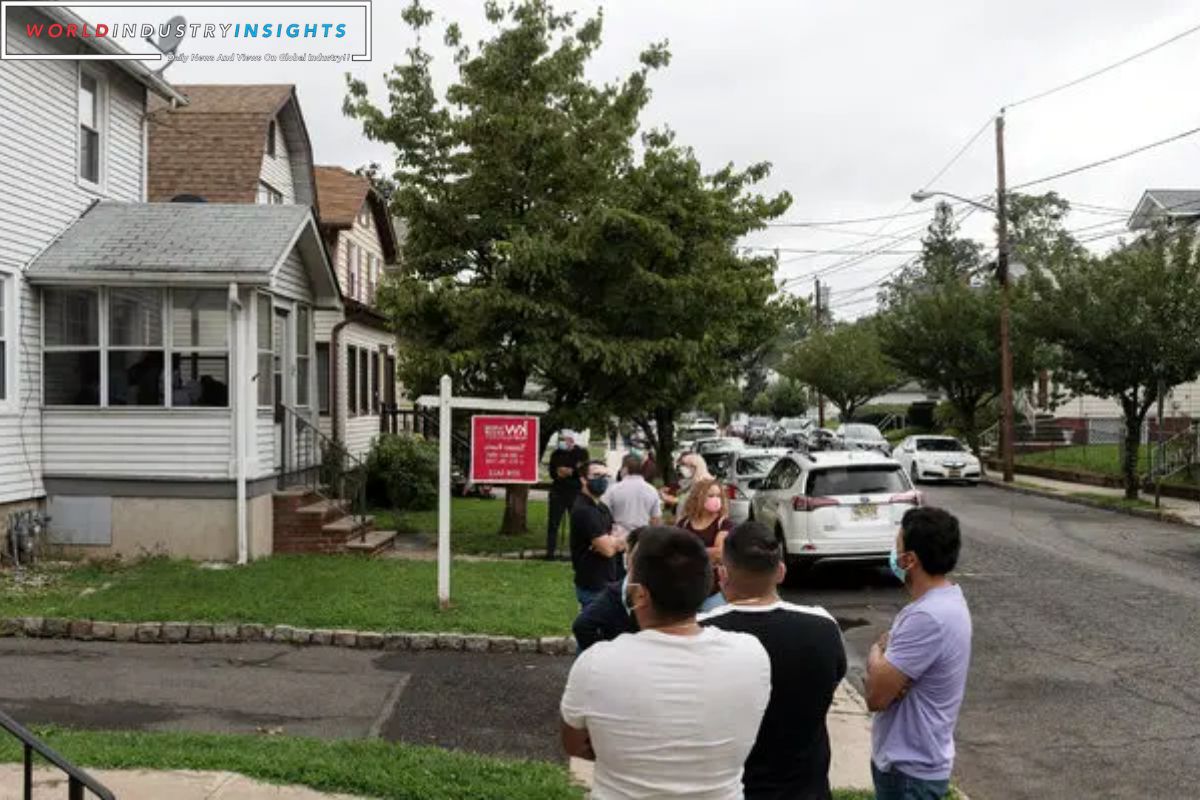US Existing Home Sales: Are you dreaming of owning your own slice of the American dream? Well, you might want to hold off on popping the champagne just yet. The latest news on the housing market is not looking too rosy.
Brace yourself, because US existing home sales have hit a 13-year low, and affordability concerns are growing like wildfire. It seems that the dream of homeownership is slipping further and further out of reach for many Americans.
The skyrocketing prices and stagnant wages have created a perfect storm of unaffordability, leaving potential buyers feeling helpless and frustrated. So, what does this mean for you? It means that if you were hoping to snag a sweet deal on a house, you might want to think twice.
The housing market is a treacherous battlefield right now, and unless you’re armed with the right knowledge and resources, you could find yourself drowning in debt.
Stay tuned for more insights on this concerning trend.
Key Takeaways
- US existing home sales have reached a 13-year low.
- Affordability concerns are growing in the housing market.
- Limited supply of previously owned houses is contributing to the low sales.
- High mortgage rates are making it difficult for buyers to find affordable options.
Also Read: New Home Sales Weather a Momentary Storm as Demand Prevails
Overview of New Home Sales and Mortgage Rates
In the article, we’ll provide an overview of the current state of new home sales and mortgage rates.
The recent decline in new home sales by 5.6% in October is a cause for concern. This drop is worse than expected, with sales falling to an annual level of 679,000. However, it’s important to note that sales in October are still 17.7% higher than they were a year ago.
Analysts had predicted sales to be around 723,000, but higher mortgage rates have affected demand. The increase in mortgage rates has made it more difficult for potential buyers to afford new homes. This highlights the importance of monitoring mortgage rates and their impact on the housing market.
Price Declines in the Housing Market
Experiencing price declines, the housing market is facing growing concerns about affordability. In October, the median home price dropped to $409,300, down from the previous month’s level of $418,800. This marked the seventh consecutive month of price declines and the largest yearly drop on record, with the median new home price down 17.6% year-over-year. These price declines are significant and should not be overlooked. To give you a clearer picture of the situation, here is a table summarizing the recent price trends in the housing market:
| Month | Median Home Price |
|---|---|
| October | $409,300 |
| September | $418,800 |
| August | $425,000 |
| July | $432,600 |
| June | $437,000 |
As you can see, the decline in prices has been consistent and substantial. This raises concerns about the affordability of homes, as potential buyers may struggle to find affordable options in the market. It is crucial for policymakers and industry leaders to address these concerns and find solutions to make housing more accessible and affordable for everyone.
Challenges and Concerns in the Housing Market
Your challenges and concerns in the housing market revolve around limited inventory and increasing unaffordability. Limited inventory means that there are fewer homes available for sale, making it harder for you to find the perfect home. This scarcity of options can lead to bidding wars and higher prices.
On top of that, the growing unaffordability of housing is a major concern. With the median price of existing homes continuing to rise and Americans spending nearly 41% of their income on housing payments, it’s becoming increasingly difficult for you to afford a home. This can be frustrating and discouraging, as you work hard to save for a down payment and secure a mortgage.
These challenges and concerns highlight the need for solutions that address the shortage of homes and make housing more affordable for everyone.
Impact of Mortgage Rates on Home Sales
Limited inventory and increasing unaffordability in the housing market have directly impacted home sales, particularly as mortgage rates have fluctuated. Here are three key ways in which mortgage rates have influenced home sales:
- Affordability: When mortgage rates are high, monthly mortgage payments increase, making it harder for buyers to afford homes. This leads to a decrease in demand and ultimately lower home sales.
- Buyer Confidence: Fluctuating mortgage rates can create uncertainty among prospective buyers. When rates are volatile, buyers may hesitate to make a purchase, fearing that rates will increase further and make homeownership even more expensive.
- Refinancing Activity: When rates decline, existing homeowners often choose to refinance their mortgages to take advantage of lower interest rates. This reduces the supply of homes available for sale, further limiting inventory and potentially driving up prices.
New Home Sales in December and Homebuyers’ Willingness to Purchase
As a homebuyer, you may be interested to know that new home sales in December have reached a concerning low, reflecting the growing affordability concerns in the housing market. Despite the high mortgage rates, it seems that more and more homebuyers are hesitant to make a purchase.
This can be attributed to the limited supply of previously owned houses on the market, which remains well below pre-pandemic levels. The National Association of Realtors did report a modest rise in home resales in December, but it appears that this positive trend hasn’t translated into new home sales.
The current situation highlights the challenges that homebuyers face in finding affordable options in today’s housing market. With limited supply and rising prices, it’s becoming increasingly difficult for potential buyers to find a home that fits their budget.
Conclusion Of US Existing Home Sales
It’s clear that the US housing market is currently facing significant challenges. With existing home sales hitting a 13-year low and affordability concerns growing, it’s becoming increasingly difficult for potential homebuyers to enter the market.
The decline in prices and the impact of mortgage rates on home sales are further exacerbating the problem. It’s crucial for policymakers and industry leaders to address these issues promptly and find solutions to ensure a healthy and accessible housing market for all.
Our Reader’s Queries
Are US home sales declining?
In October, the United States witnessed a significant drop in existing home sales, reaching the lowest level in over 13 years. The primary reasons for this decline were the highest mortgage rates in two decades and a shortage of available houses, which discouraged potential buyers from entering the market.
How many existing homes sold in the US?
The United States has seen a fluctuation in the number of existing homes sold from 2005 to 2023. In 2021, 6.12 million units were sold, while in 2020, 5.64 million units were sold. The year 2019 saw 5.34 million units sold, and in 2018, 5.34 million units were sold. The trend continues with varying numbers in the preceding years.
What is the monthly existing home sales in the US?
The latest figures for existing home sales in the United States have been released. In November 2023, the number of sales reached 3.82 million, which is a slight increase from the previous month’s figure of 3.79 million. However, this is still lower than the October 2023 figure of 3.95 million. In September 2023, the number of sales was 3.96 million, and in August 2023, it was 4.07 million. These figures suggest that the housing market in the United States is experiencing some fluctuations, but overall, it remains relatively stable.
What does existing home sales mean in the US?
Existing-home sales refer to the monthly measurement of sales volume and prices of single-family homes, condos, and co-ops that are already owned and occupied before being listed on the market. These homes are distinct from new homes that have never been occupied. The data provides a comprehensive overview of the real estate market across the country.




